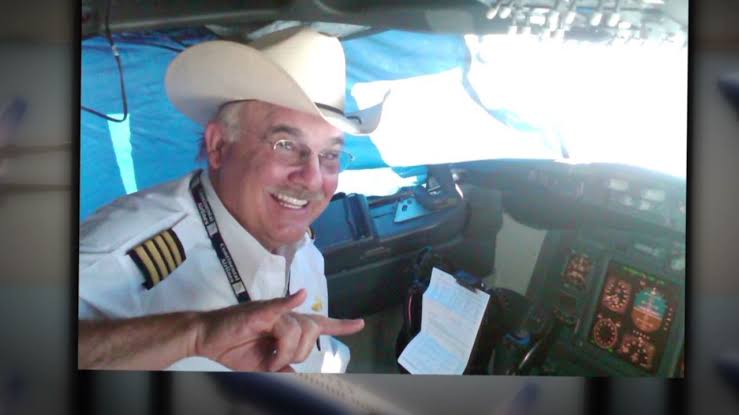United Airlines Pilot Suffers Heart Attack Mid-Flight
In a tragic incident
Incident Overview
United Airlines Flight 1603 departed from Houston, Texas, bound for Seattle, Washington, carrying 161 passengers and a crew of six aboard a Boeing 737-900. Approximately midway through the journey, the flight crew declared a medical emergency when Captain Henry Skillern, a 63-year-old veteran pilot with 26 years of service, experienced a severe heart attack. The first officer promptly radioed air traffic controllers at 7:55 p.m. Mountain Time, requesting an emergency landing at the nearest airport, which was Boise Airport in Idaho.
Emergency Response
Upon receiving the distress call, Boise Airport authorities prepared for the emergency landing. The aircraft touched down safely at 8:10 p.m., where it was met by paramedics and firefighters. Prior to landing, two doctors who were passengers on the flight, both from Madigan Army Medical Center, along with an off-duty United Airlines pilot, provided immediate medical assistance to Captain Skillern. They performed cardiopulmonary resuscitation (CPR) in the first-class cabin, striving to stabilize his condition.
Despite these efforts, Captain Skillern was transported to Saint Alphonsus Regional Medical Center, where he was pronounced dead a short time later.
Passenger Reactions and Crew Performance
Passengers aboard the flight commended the professionalism and composure of the flight attendants and crew during the crisis. Bryant Magill, a passenger, remarked, “I’m really impressed with all the flight attendants. They kept themselves calm. They kept it professional. There was no panic on the plane.” This sentiment was echoed by other passengers who noted the calm and orderly manner in which the situation was handled, contributing to a sense of reassurance despite the gravity of the incident.
Pilot Health Regulations and Screening
This incident has brought renewed attention to the health monitoring protocols for commercial airline pilots. According to Federal Aviation Administration (FAA) regulations, all commercial pilots are required to undergo regular medical examinations to maintain their certification. Pilots under the age of 40 must have a medical exam annually, while those over 40 are required to undergo examinations every six months. These exams typically include evaluations of cardiovascular health, including electrocardiograms (EKGs) to detect heart function abnormalities.
Glenn Harmon, an aerospace physiologist and former airline pilot, noted that while these screenings are rigorous, they may not detect all underlying conditions. He highlighted factors such as dehydration due to the dry cabin environment and prolonged periods of inactivity, which can contribute to health issues like deep vein thrombosis. Harmon emphasized the importance of pilots staying hydrated and, when possible, moving during flights to mitigate these risks.
Industry Implications and Safety Measures
The death of Captain Skillern has sparked discussions within the aviation industry regarding the adequacy of current health monitoring systems for pilots. While the FAA increased the mandatory retirement age for pilots from 60 to 65 in 2007, citing the value of experience, this incident raises questions about the balance between experience and health risks associated with aging.
Despite the tragedy, aviation experts affirm that commercial aircraft are designed to be operated safely by a single pilot if necessary. Flight crews are extensively trained to handle medical emergencies, and airlines often have protocols that include immediate communication with medical professionals on the ground. Additionally, the presence of a first officer ensures that the aircraft can be landed safely in the event of a pilot incapacitation.
The mid-flight medical emergency and subsequent death of Captain Henry Skillern serve as a poignant reminder of the critical importance of health monitoring in the aviation industry. While current regulations mandate regular medical examinations for pilots, this incident highlights the need for continuous evaluation and potential enhancement of these protocols to ensure the safety of both flight crews and passengers. The professionalism exhibited by the crew and passengers during this crisis underscores the effectiveness of emergency training and the resilience of those involved in ensuring aviation safety.





